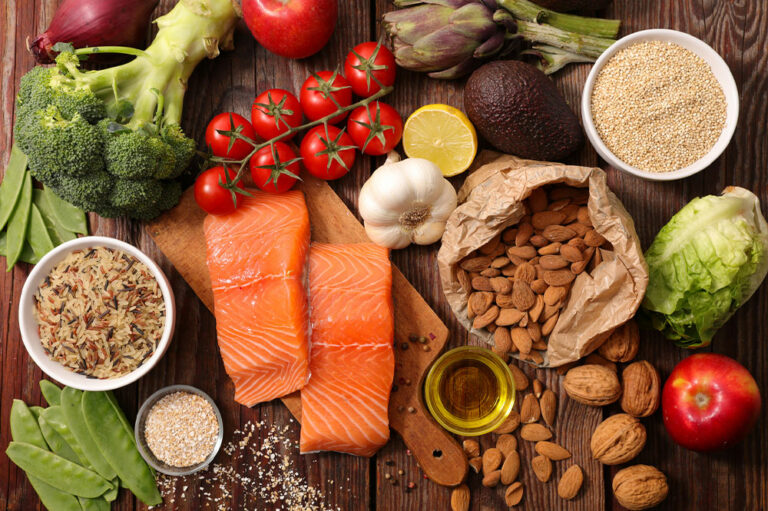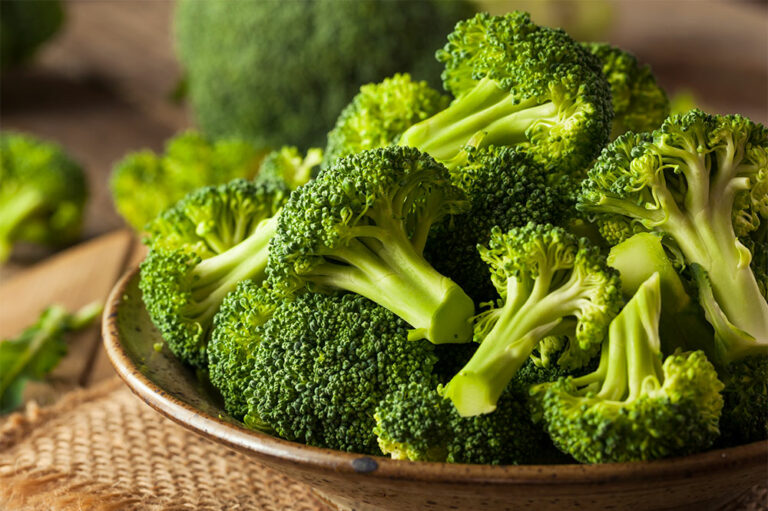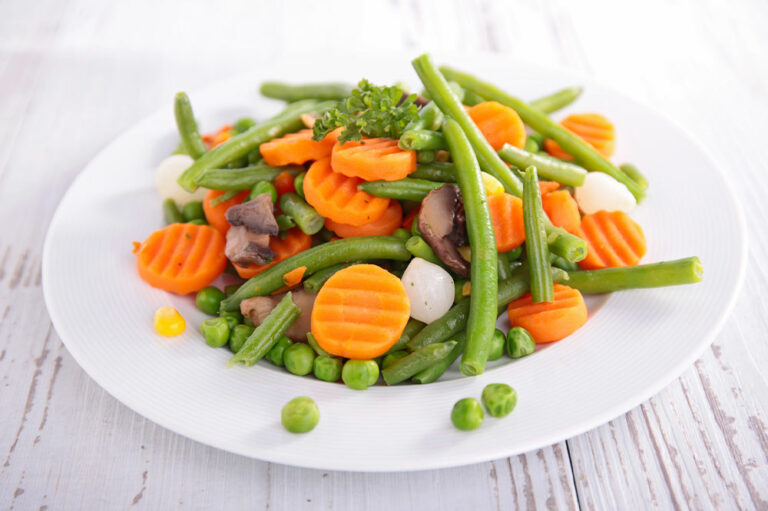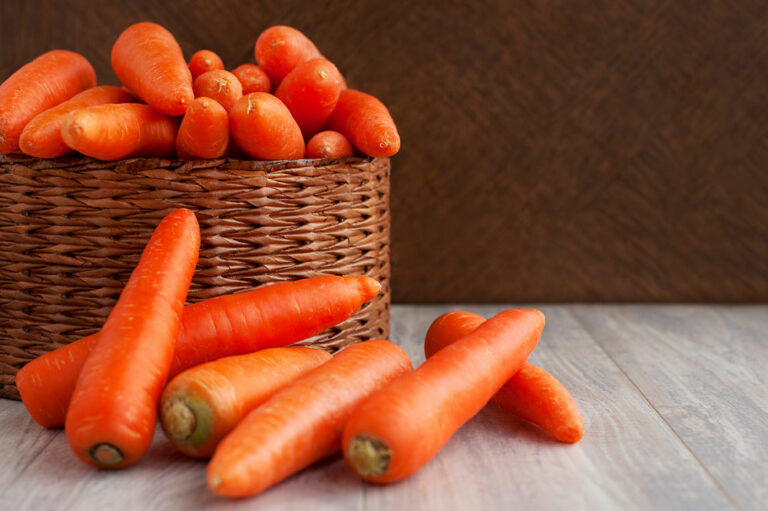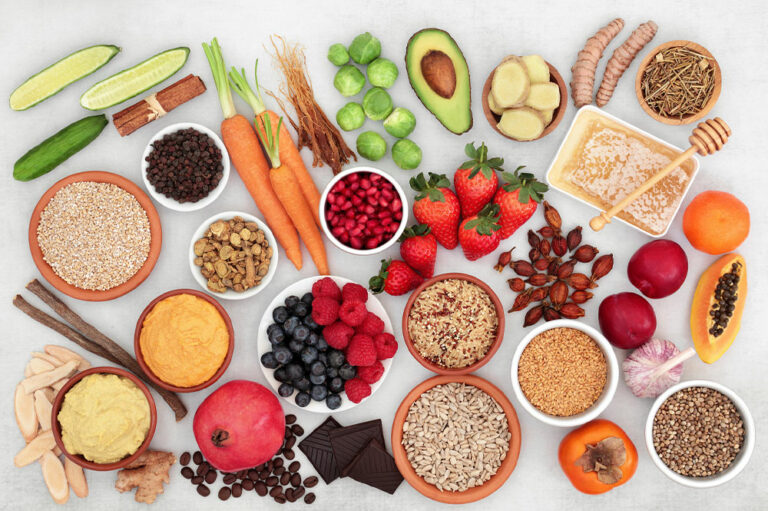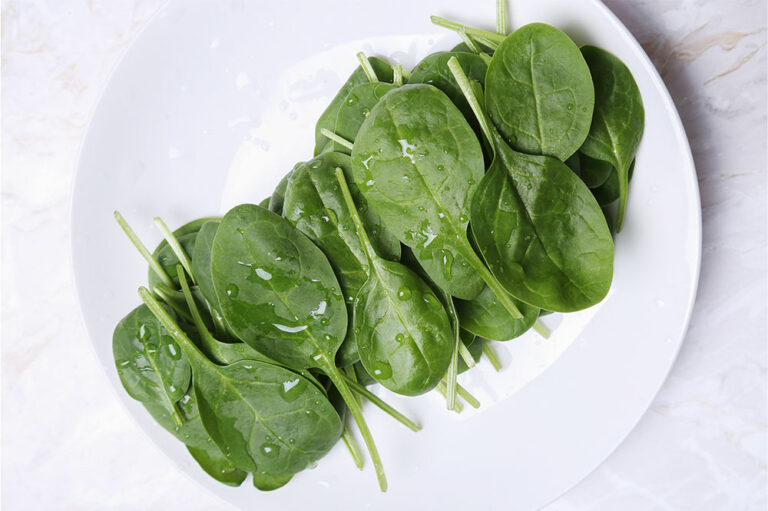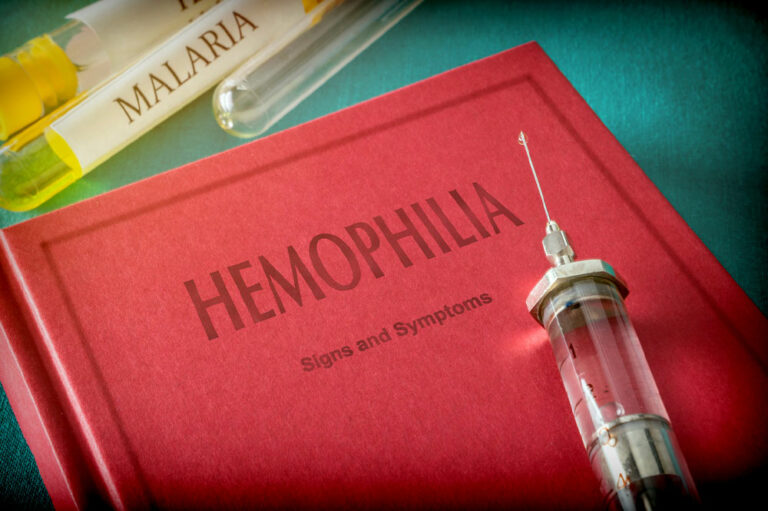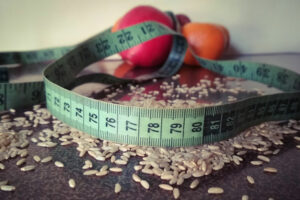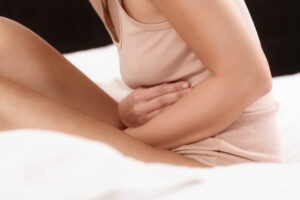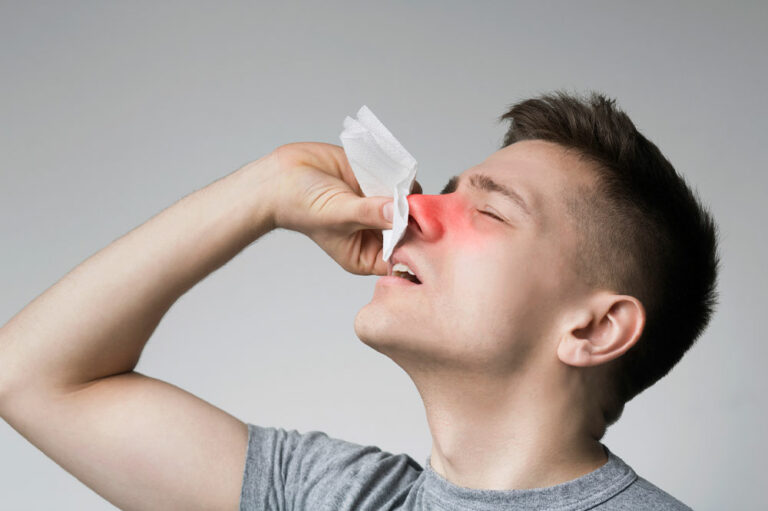
8 home remedies to help manage nasal polyps symptoms
Nasal polyps are benign growth inside the nose that can vary in size depending on the advancement of the condition. Congestion, runny nose, and a blocked nose are its common symptoms. The symptoms of nasal polyps can make the person uncomfortable and hinder their daily routine. Read on to know about natural remedies for nasal polyps. Steam Steam from a long, warm bath or shower can thin the mucus, alleviating nasal congestion. This helps the person breathe better, enhancing sleep quality. Steam can also be taken through a hot bowl of water while covering the head with a towel. Nasal irrigation Using sterile saline solution to clean the nasal airway can ease the symptoms of nasal polyps like nasal congestion. There are neti pots as well as several sprays for nasal polyps relief available to help flush sinuses. Some of the nasal spray brands include prescribed corticosteroid nasal spray options like fluticasone, budesonide, beclomethasone, and ciclesonide. Ginger This root herb is packed with anti-bacterial and anti-inflammatory properties that help build immunity against the common cold and its symptoms like a runny nose. The herb can be used to make warm tea or can be liberally used in food. Garlic Just like ginger, garlic is another herb that can be used in food preparations to make the most of its benefits.
Read More 